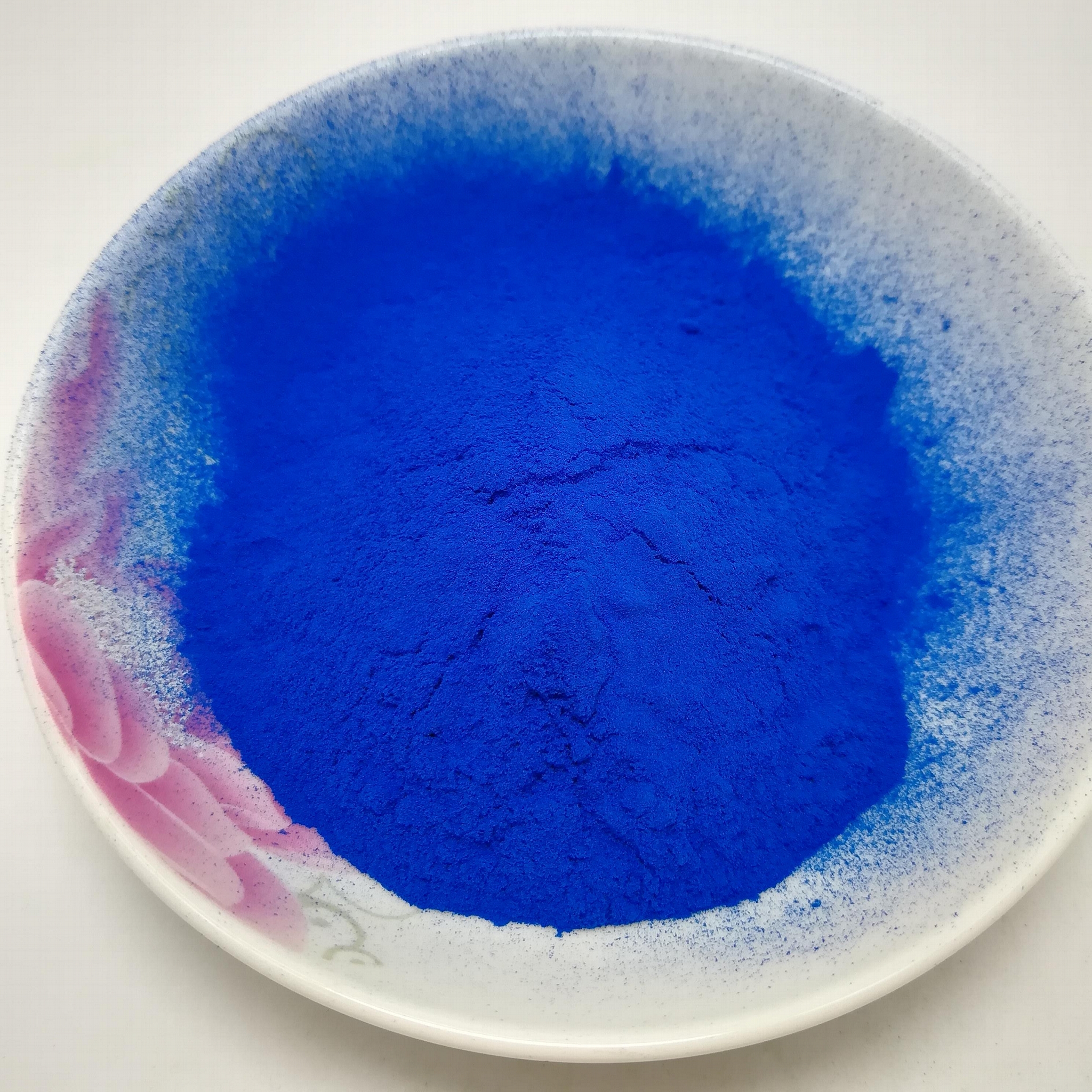Phycocyanin: A Rich Protein from Spirulina with Protective Potential
Phycocyanin, the most abundant water-soluble natural protein found in Spirulina, has been discovered to possess various biological functions such as boosting immunity, regulating blood sugar, lowering blood lipids, and demonstrating antioxidant effects[14]. It is widely utilized as an additive in food and cosmetics[15]. This study investigates the specific composition of phycocyanin in the Spirulina from the Ordos region and assesses the role of phycocyanin in alcoholic liver disease. The study uses a single large intake of ethanol to induce liver injury in mice, following which physiological and biochemical indicators were observed after long-term ingestion of phycocyanin solution. Additionally, the effects of phycocyanin on the proliferation of liver cancer cells HepG2 were also examined, discussing the protective role of phycocyanin from Spirulina in the Ordos region against acute alcoholic liver injury in mice and its influence on HepG2 liver cancer cells.
The Protective Role of Natural Antioxidants Against Acute Alcoholic Liver Injury
Various studies have demonstrated that during acute alcoholic injury in mice or human livers, numerous natural antioxidants like polysaccharides[9,10], alkaloids[11], and peptides[12] play a significant role in liver protection. Additionally, enhancing the body’s antioxidant capacity is regarded as an essential method in the prevention and treatment of alcoholic liver disease[13].
Materials and Methods
This section outlines the specific methods and materials employed in the study, including the procurement of phycocyanin, the various reagent kits used, the equipment required, the selection and treatment of the experimental animals, methods for analyzing phycocyanin components, determination of malondialdehyde (MDA) content, superoxide dismutase (SOD) activity, reduced glutathione (GSH) content, protein carbonyl content, the ability of Hep-G2 cells to proliferate, and the statistical methods used for data analysis. The animals, reagents, and equipment used in the study are described in detail, with an emphasis on the application of various reagent kits to measure MDA, SOD, GSH, and protein carbonyl content[16]. Furthermore, the effects of varying concentrations of phycocyanin on the proliferation of Hep-G2 liver cancer cells are analyzed and recorded. The study utilizes SPSS 26.0 for variance analysis, with significant differences indicated at P<0.05.

Phycocyanin Inhibits the Increase of Protein Carbonyl Content in Liver Tissues
Results of the Experiment
As shown in Table 3, long-term intake of phycocyanin solution notably inhibited the increase of protein carbonyl content in the liver tissues of mice. In groups L and H, protein carbonyl content was significantly lower than that in group M (L group: (9.49±0.84) nmol/mg vs (10.97±0.96) nmol/mg, P<0.05; H group: (8.94±0.91) nmol/mg vs (10.97±0.96) nmol/mg, P<0.05). Furthermore, protein carbonyl content in the liver tissues of the H group mice was significantly lower than that of group C (H group: (8.94±0.91) nmol/mg vs C group: (8.13±0.66) nmol/mg, P<0.05). In particular, the decrease in protein carbonyl content in the liver tissues of the H group was more pronounced, a decrease of 18.50%.
Implications of the Findings
The data indicates that long-term intake of phycocyanin can significantly inhibit the increase of protein carbonyl content in liver tissues. Hence, phycocyanin offers a potential protective effect against protein oxidation damage in the liver caused by alcohol consumption.
Phycocyanin Promotes SOD Activity in Serum
Results of the Experiment
The experimental data (Table 2) shows that long-term administration of phycocyanin solution significantly increased serum SOD activity in mice in the L and H groups compared to group M (L group: (119.78±10.22) U/mg vs (108.48±9.38) U/mg, P<0.05; H group: (125.66±11.84) U/mg vs (108.48±9.38) U/mg, P<0.05). Additionally, the SOD activity in the serum of the H group mice was significantly higher than that of the C group (H group: (125.66±11.84) U/mg vs C group: (114.48±11.96) U/mg, P<0.05). The increase in SOD activity in the serum of the H group was more substantial, at 9.77%.
Implications of the Findings
The data suggests that long-term consumption of phycocyanin can significantly increase the activity of SOD in serum. This means that phycocyanin could potentially boost the antioxidant capacity of the body, thus protecting against oxidative damage caused by alcohol intake.
